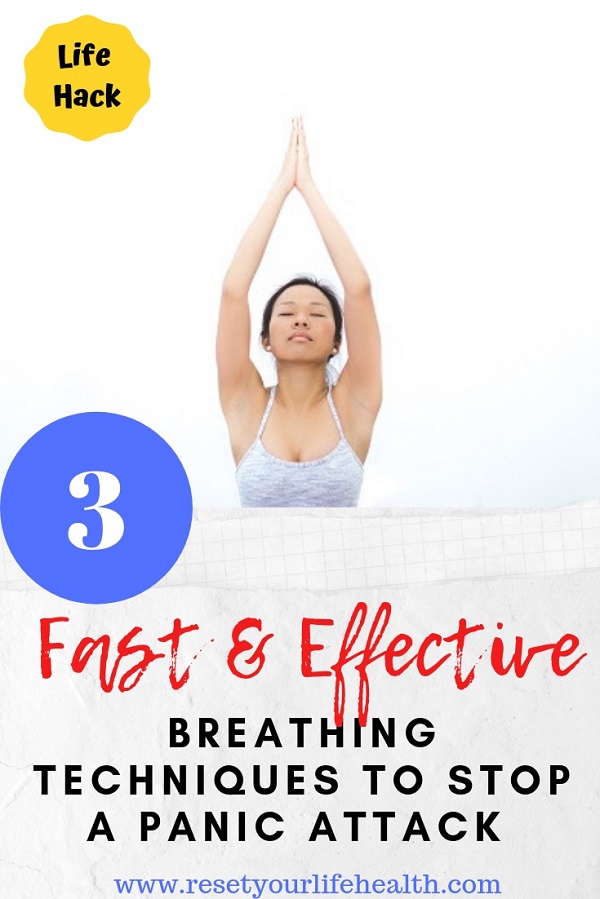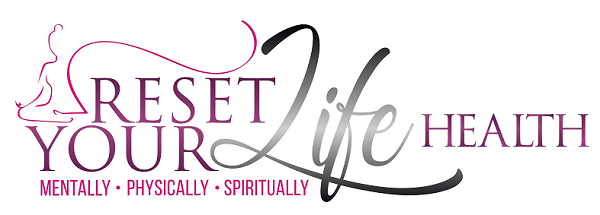

Anxiety is understandably never a walk in the park to deal with –but attacks are a whole new level of challenging. As the number of anxiety victims continue to skyrocket as the years go by, it’s important to raise awareness about not only the illness itself, but the attacks that victims are forced to go through; and how to deal with it after you’ve been diagnosed.
But what exactly happens during an anxiety attack?
The most common symptoms of an anxiety attack are as follows;
- Shortness of breath
- Trembling/Shaking
- Sweating
- Nausea
- Overwhelming feeling of fear
- Dizziness
Doesn’t sound like much fun does it? Keep in mind though, that anxiety attacks are very different from panic attacks! Whilst anxiety attacks more often involve some sort of stressor and ranges from mild to severe, panic attacks are abrupt and severe enough to trigger your body’s fight or flight response –which require a much different approach. Anxiety attacks however, can usually be identified by the uncanny symptom of worrying or anticipating the worst in a situation.
Why is this happening to me?
Thecause of anxiety attacks is rarely one or the other, but it can be attributed to factors like;
- Social Anxiety – If you frequently experience a fear of being judged by others to the point where communication literally becomes terrifying, you might be experiencing anxiety attacks because of a social anxiety disorder. Extreme social phobias such as these lead to an overwhelming sense of anxiousness when interacting with people and avoiding meeting new people altogether.
- Generalized Anxiety Disorder (GAD) – A more wholesome factor, GAD can be identified by a looming fear that something bad is going to happen; and most of the time you don’t even know what it is! This constant need to obsess over the tiniest details of your day can also cause physical and emotional burnouts as well as an unjustified feeling of fear –which often relates to an endless pursuit of perfection.
- Phobias – As fearless as we’d like to think we are, when push comes to shove, we all have our phobias. Phobias can come in the form of fears of heights, small spaces (claustrophobia) or even animals. In more extreme cases, phobias can completely take over a person’s life to the point where he/she does everything in their power to avoid such situations –thus leading to obsessive worrying and anxious breakdowns.
- Post-traumatic stress disorder (PTSD) – The after-effects of witnessing a traumatic event (death of a loved one, abuse, etc) can also lead to a spike in anxiety attacks. PTSD is significantly more severe than most anxiety symptoms and can be much harder to cure. Victims of PTSD are often withdrawn from daily life, easily startled and can also suffer horrible flashbacks and nightmares when triggered.
Even if you’re able to identify with some of the triggers above, it is also likely that your attacks are happening because of a culmination of plenty other things. Stress from a new job, financial issues, health conditions and relationship woes are just a scratch off the surface from what might be causing your anxiety attacks.
Before exploring remedies to combat an anxiety attack, it would be fruitful to investigate what is actually happening to your body during an episode. Let’s take a socially anxious person for instance. People with social phobias often have difficulty with completing simple social tasks –like ordering a cup of coffee. Their brain focuses on the worry that they will somehow mess up the order, take too long, anger customers behind them, etc.
This information is then sent through the thalamus (the section of your brain that regulates consciousness) to the amygdala (the part that basically is responsible for the process of reaction and decision), who starts to categorize the entire task of ordering as a dangerous one. These signals that gets sent to your sympathetic nervous system forces your brain to give off adrenaline fireworks that -you guessed it- lead to all those pesky symptoms like dizziness, increase in heartbeat and sweaty palms.
Biological jargon aside, what basically happens in your body during an anxiety attack is your brain’s way of informing you that you are currently in danger, even though that there is none present. These “manufactured” symptoms cause anxiety and, in some cases, full-blown panic as your body goes into overdrive and triggers a fight or flight response.
Which means that now you’ve really messed up your order, took way too long and there’s a mother of 3 tsk-ing right behind you. Sigh.
How do I stop this from frequently happening?
An obvious telltale sign you’re having an anxiety attack would be through your breathing. Since your body perceives you to be in a state of danger, your breathing will often turn for the erratic and shallow, forcing you to hyperventilate. There is no telling when this pesky attack would happen, and since no one has come up with an app that tells you when you’re about to have your next attack (yet), but here are some breathing techniques that you can practice overcoming these attacks when it happens;
- Abdominal Breathing. During an anxiety attack, victims lean towards breathing with only the upper part of their lungs –which doesn’t allow enough oxygen and can really only make matters worse. Practicing abdominal breathing is the act of inhaling the air right to the lowest parts of your lungs, forcing you to take in more oxygen and thus sending signals to your brain that it’s really okay! Abdominal breathing can be done by sitting upright in a chair -or standing with your back against the wall if you can’t sit down- and take deeper breaths lasting around 5-6 seconds. Breathe out for 8-10 seconds and repeat this step 10 times to calm your nerves in a high-tension situation.
- Breathing Through Alternate Nostrils. Inspired by meditation techniques for combating stress, this technique involves breathing through each alternate nostril at a time. In an event of an attack, take your right thumb and cover your right nostril. Inhale and exhale from your left nostril for about 10 seconds. Then pull your thumb away and cover your left nostril with your index finger. Breathe in and out from your right nostril for 10 seconds and repeat!
- Tense and Relax. This form of a breathing technique requires you to breathe in deeply using your mouth and hold your breath in for about 5-8 seconds. While you’re doing this, tense all your muscles up and stay in that position for the same amount of time. Slowly breathe out from your nose and collectively release any residue stress from your body as you do. Repeat this until you feel yourself loosen up!



